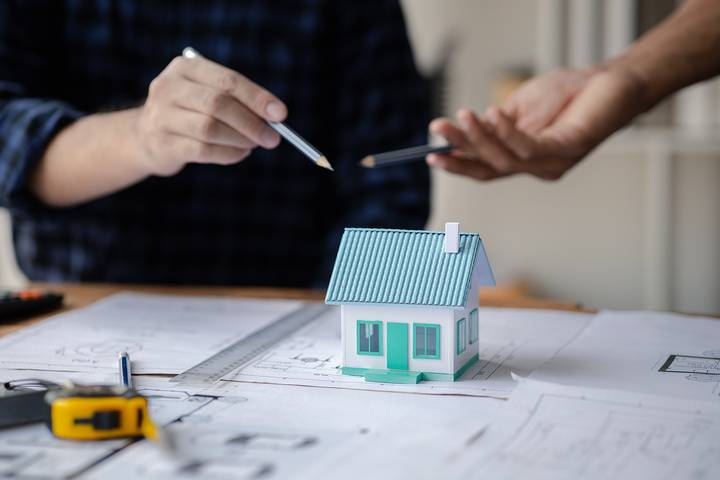What Is the Custom Home Building Process?
A custom home is an achievement and a dream for many people. However, achieving your dream custom home requires proper planning and preparedness from the layout to the finishing.
You may need to collaborate with an experienced team of custom home builders. It is advisable to work with a builder who provides you with a warranty for your property, ensuring the maintenance and improvement of your home.
So, if you are thinking of building your dream custom home, here is a step-by-step guideline to help you.
1. Idea Inception and Breakdown
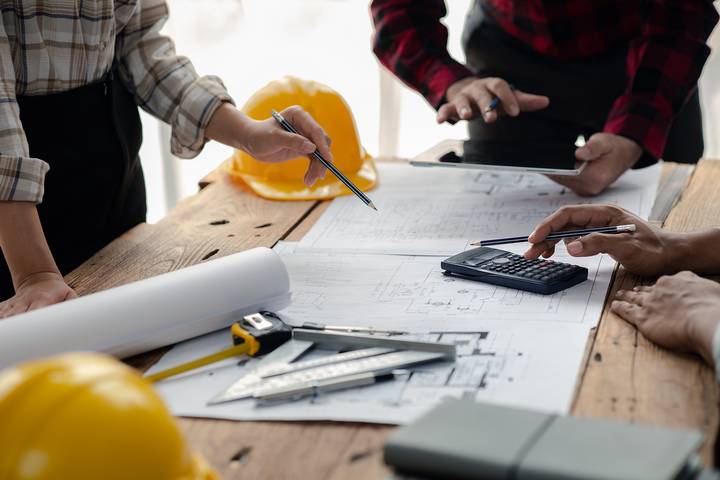
The first step is initiating your home idea. Depending on your urgency and preparedness, you may take as long as years or weeks in this phase. During this phase, you should consult with professional custom home builders to come up with your idea.
There are three steps you must consider in this phase.
Idea Initiation
Also called idea germination, this step involves gathering ideas for your home. It may take some time to decide what you wish your home to look like.
Gathering a Reliable Team
It would help if you had an excellent team of expert architects, designers, and builders to create your desired product. It would help to consider several experts before settling for the best. Therefore, you may need to consult before choosing a builder.
Financial Viability
You must have a well-drawn budget for your project. Hence, you need a financial expert’s help to determine the financial feasibility of your venture. Again, it would help to include up to 20% of the total budget for eventualities that may arise during construction.
2. Acquiring the Ideal Site
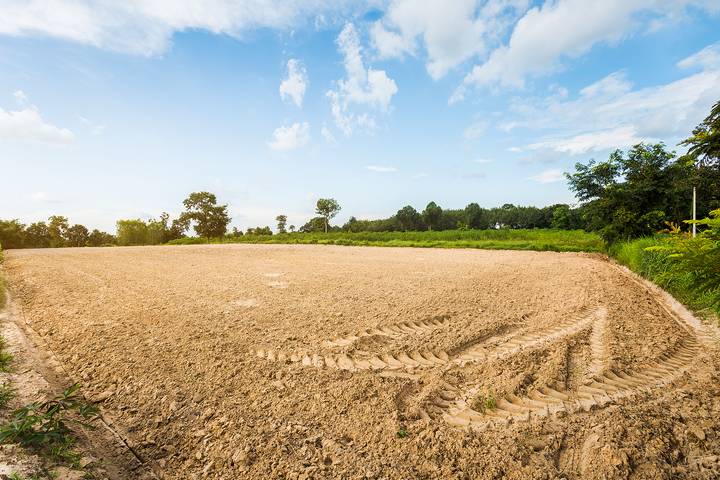
It is advisable to seek a real estate agent’s assistance in choosing the ideal site for your dream home. The plot acquisition phase involves two crucial steps;
Project Programming
Programming is crucial in any architectural process, and starting it before you can finalize the site is advisable. Think about the design you want, the room count and size, and the relationships.
The Financing Process
Finish your property’s financing process and your new home’s construction process. While many people prefer mortgages, you may choose a construction loan. Nonetheless, you can opt for a self-build mortgage instead.
3. Make Your Custom Design
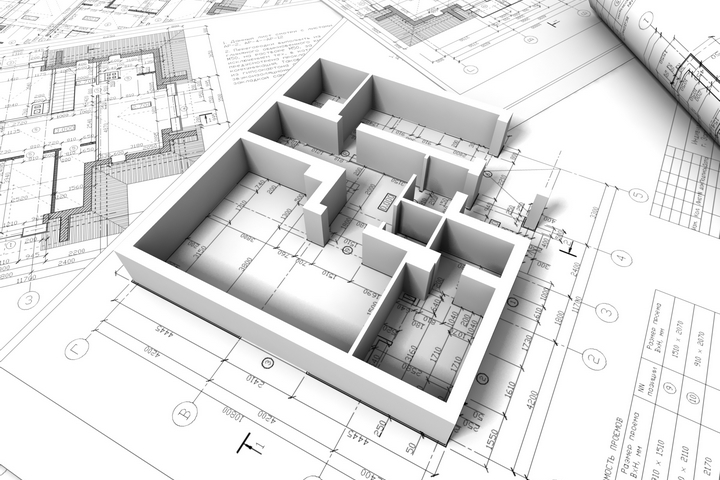
It’s time to design your new home with all these in place. The crucial part is working with a perfect designer to ensure you get your desired product. Here is a systematic design process:
Pre-design or Programming Phase
In this phase, you must work with your architectural designer to evaluate all the interrelated values, goals, and facts. It would also help to consider your family size, needs, and the community around you. You can proceed to the next step once you define your needs and the project’s scope.
Schematic Design
Using the results from the above evaluation, the architect will shape your vision in a drawing. They will also provide a detailed outline of the project schedule, budget, and other construction requirements.
Once you review and approve the drawing illustration from your architect, it is time to proceed to neighbourhood checks.
4. Final Design Development
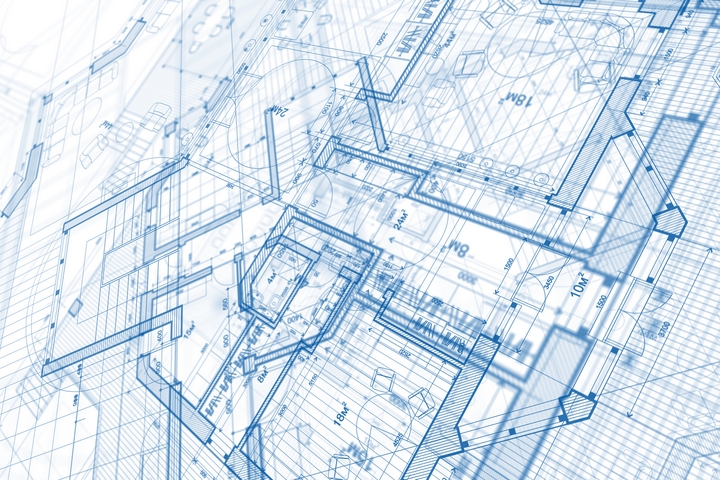
Now you are at the logical extension stage of the above schematic design, and the architect will help you transform the idealistic design into a physical product.
It will do you good to ponder upon any ideas that pop into your mind regarding your design. If there is any change, this is the time; it will save you the trouble of making adjustments during the project development period.
5. The Actual Building
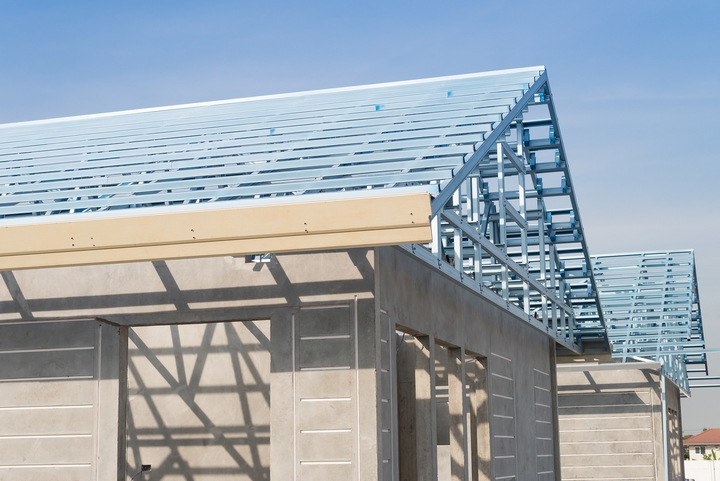
Now you are ready to construct your home. The construction process can take up to fifteen months, depending on the size and the scope of work involved. Below are some steps to help you get your construction underway:
Prepare the Site
Prepare the land and level it before starting with the foundation.
Foundation Setting
Foundation and framing set the pace for building your new home’s structure.
System Installation
Once the structure is up, you have to focus on interior systems. Things like HVAC, electricity, and plumbing require professionals to fix.
Drywall and Insulation
It would be best to have expert builders work on your home’s interior components, such as interior walls and insulation.
Essential Fittings and Details
The building is not ready without the final fixtures. Things like cabinetry, paint, tiles, and flooring make your home take a desirable shape.
Finishing and Furnishing
The final part of your custom home is appliances and other essential fixtures. You must ensure perfect lighting and put appliances like washers, dryers, and other kitchen stuff in place.
6. Completion and Occupancy

Once your team completes its work, you must go through with the builder and check any final touches that need correcting. You must ensure that your home meets your expectations and initial design.
The builders then do the final cleanup to make your home ready to occupy. In addition, they will go through the project completion list to touch on any leftovers available.

